Some snaps.
Part II appears here.
The only thing not to like about the Nikon D2X is the bulk and weight. Hold it your eye for more than a few seconds and fatigue-induced shakes set in. Neither the body nor the classic era lenses I prefer were built with plastic. We are talking a lot of brass and alloys here and that makes for weight.
I took the body and three Nikon lenses – the current 16-35mm VR f/4 G, the twenty year old 35-70mm f/2.8 AFD and the forty-year old 200mm f/4 Nikkor-Q MF with a CPU installed to Filoli to catch the last days before the house and grounds close for the season. With the body set to center point focus and aperture priority enabled, with center weighted auto exposure, I found it a delight to shoot in portrait mode, owing to the provision of the second shutter release and the auxiliary control dials – the latter needed for the G lens. For the AFD and manual lenses I have the body set to permit use of the lens’ aperture ring. The G has no aperture ring so a control dial on the body must be used.
Here are a few of those snaps from yesterday:
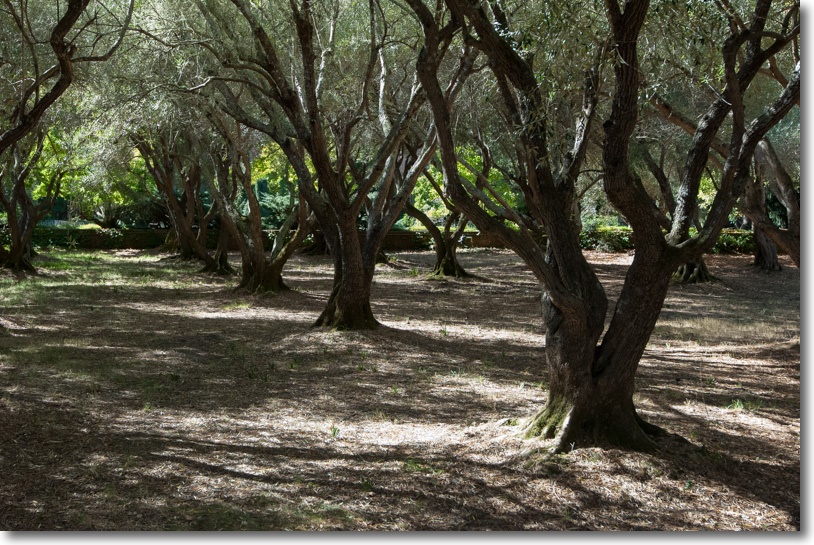
Orchard.

End of season. The fallow plots await new bulbs.
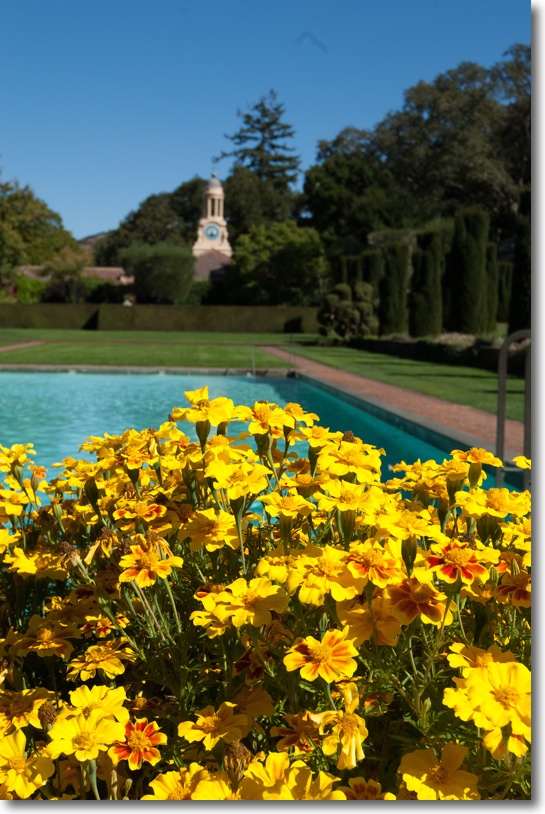
Last growth.
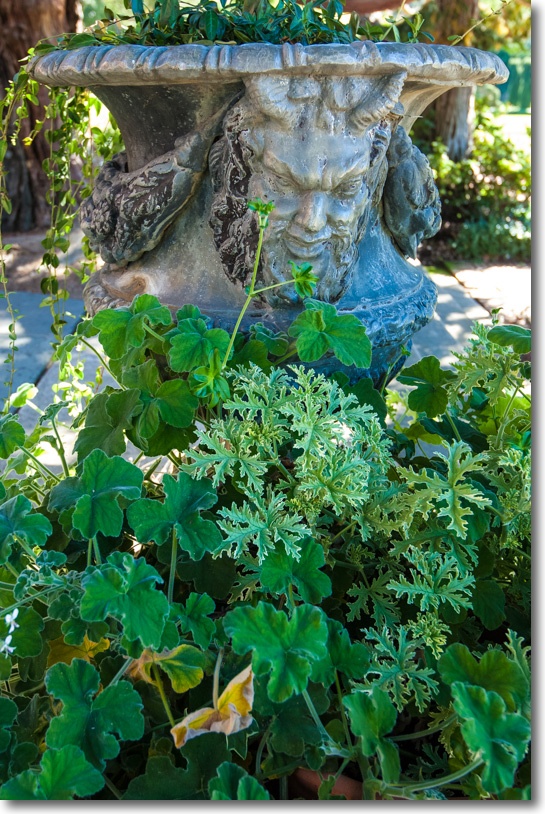
These decorative urns are everywhere.
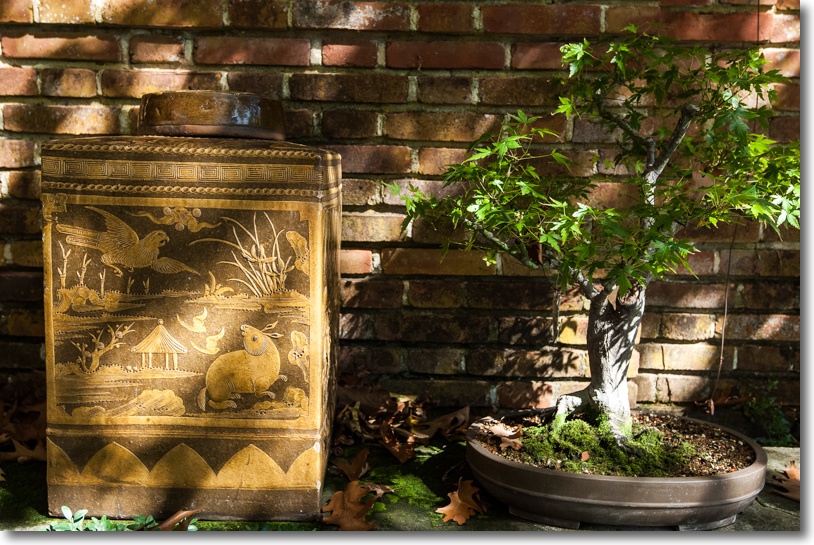
The Bonsai garden.
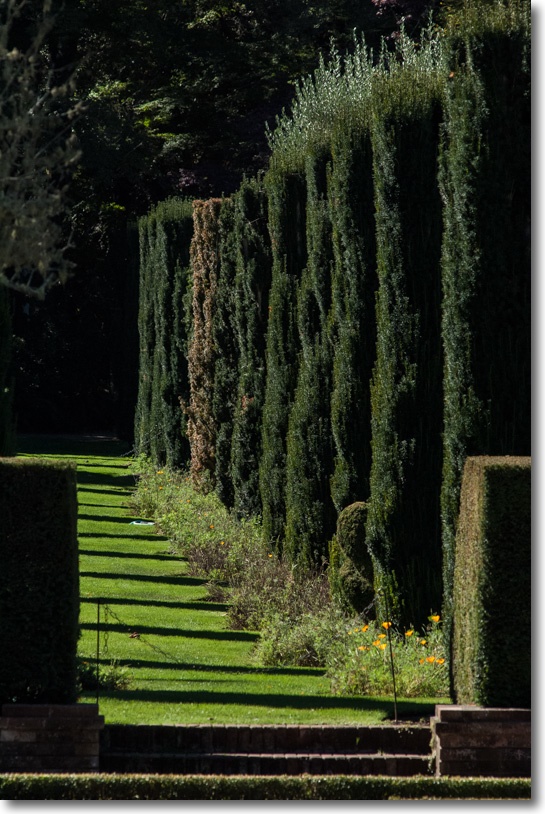
The alley.
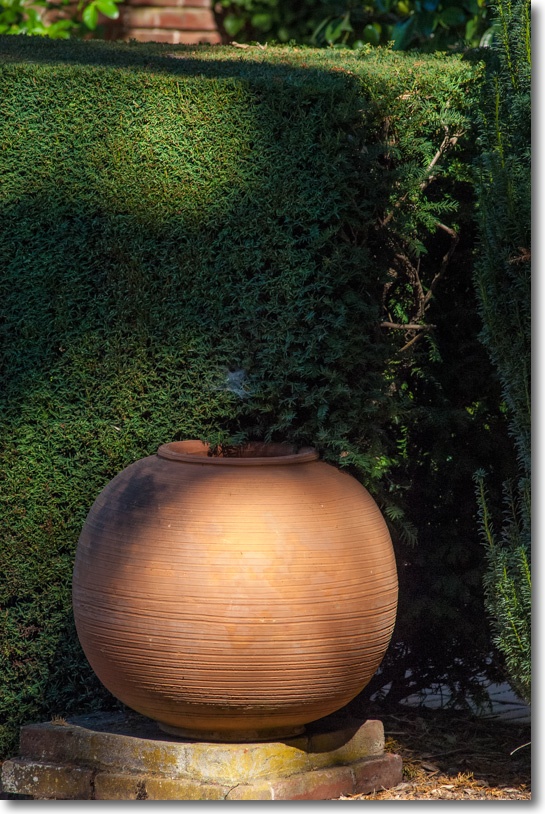
Planter.
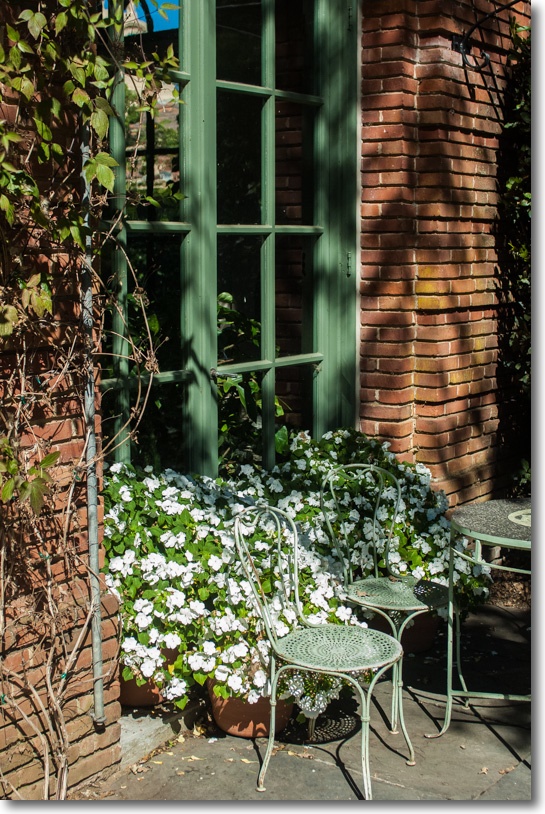
The Conservatory.
Despite its massive complexity and versatility, once set to your preferred mode of shooting using the D2X is child’s play. If you can lift it, that is.
A few comments on the sensor. I have long found that the sweet spot for most of my pictures is an ISO 400 setting. Fast enough to mitigate camera shake but not so fast as to destroy image quality. That held in the days of TriX monochrome film with Leicas, with the superb sensor in the original Canon 5D, in the Nikon D700, and in both my Panasonics – the G1 and G3. The D2X is in the same class. At ISO 400 noise in dark areas is just becoming noticeable in a 24″ print if you get too close. Large areas of continuous tone, like skies, show very fine, even grain at those enlargement ratios. And while the D700 is the best as regards noise suppression, owing to the large photosites used in the sensor, the earlier sensor in the D2X does not disappoint.
I have read some comments which have it that the D2X’s sensor is not usable at ISO 400. I can only think writers of this tripe are either technically clueless or spend their days pixel peeping. That’s just arrant nonsense. 36″ x 48″ prints from this sensor at ISO 400 are easily accomplished. Here are my Import Preset settings in Lightroom 4:
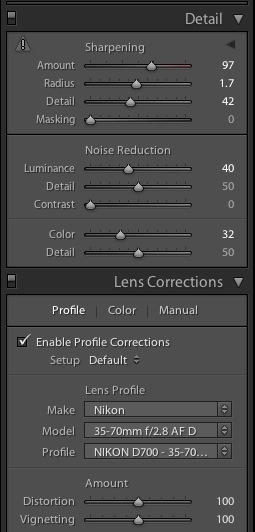
Lightroom 4 import settings for RAW files from the D2X.
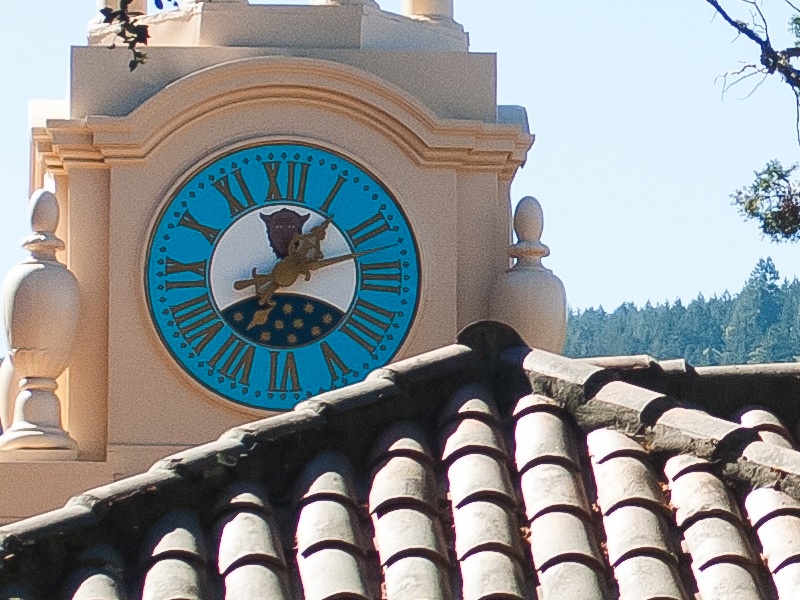
The clock tower at Filoli – section of a 36″ x 48″ print, ISO 400, 35-70mm f/2.8 AFD Nikkor at f/4.
Grain and sensor noise? Get real.
Pay no heed to the fact that the lens profile refers to the D700 in the above screenshot – that’s what I named it. In practice, lens profiles are lens – not sensor – specific, and any of my D700 full frame profiles works equally well with the D2X or any other APS-C Nikon body. Remember that for a lens to be automatically recognized it must have a CPU fitted. One comes stock on Nikon AFD and G lenses (and even on some modern Zeiss Nikon-mount optics), but requires manual labor to install on older lenses. The alternative of remembering to set the ‘Non CPU’ lens variable in the camera’s Shooting Menu is near useless, as you will forget to do so the minute you first change lenses. This is a huge plus of installing CPUs on older pre-Ai (once adapted), Ai and Ai-S lenses. If you prefer spending time in LR or PS manually correcting distortions and vignetting because the application does not know which lens was used and hence which correction profile should be applied, that’s your choice. The few minutes it takes to install a CPU is repaid the first time you use the lens and save time at the processing stage.
Trade offs? Well, the APS-C sized sensor make all your lenses 50% longer. That might be a feature at the long end, but it is a curse for wides. A 16mm ultrawide becomes a more modest 24mm, the sensor only using the central part of the image cast by the lens. On the other hand, that central part is very much the cream of the crop definition and distortion wise, so what you lose in coverage you gain in definition. Where the D2X (and probably its later descendants, the D3 and D4) excel is in handling. The ergonomics are superb, the machine clearly designed with input from working photographers. Everything falls to hand, buttons are there in lieu of frustrating LCD choices for commonly used settings and the machine is built like the proverbial tank. Unlike that tank it is very fast indeed and wonderfully quiet, almost as quiet as a G3 despite the far greater capabilities.
Highly recommended, especially at the price, for someone who wants the last word in robustness at the price of a prosumer entry DSLR made of the purest plastic. Unlike that wonder, the D2X can handily double as a weapon in times of need. A good clunk on the assailant’s head will render him unconscious and you can still get his mug shot with the weapon you just used.
There’s a strong case to be made that the D700 is perfect for the wide-angle user whereas the D2X, owing to its superior ergonomics, excels with longer lenses.